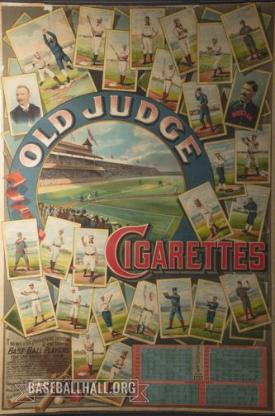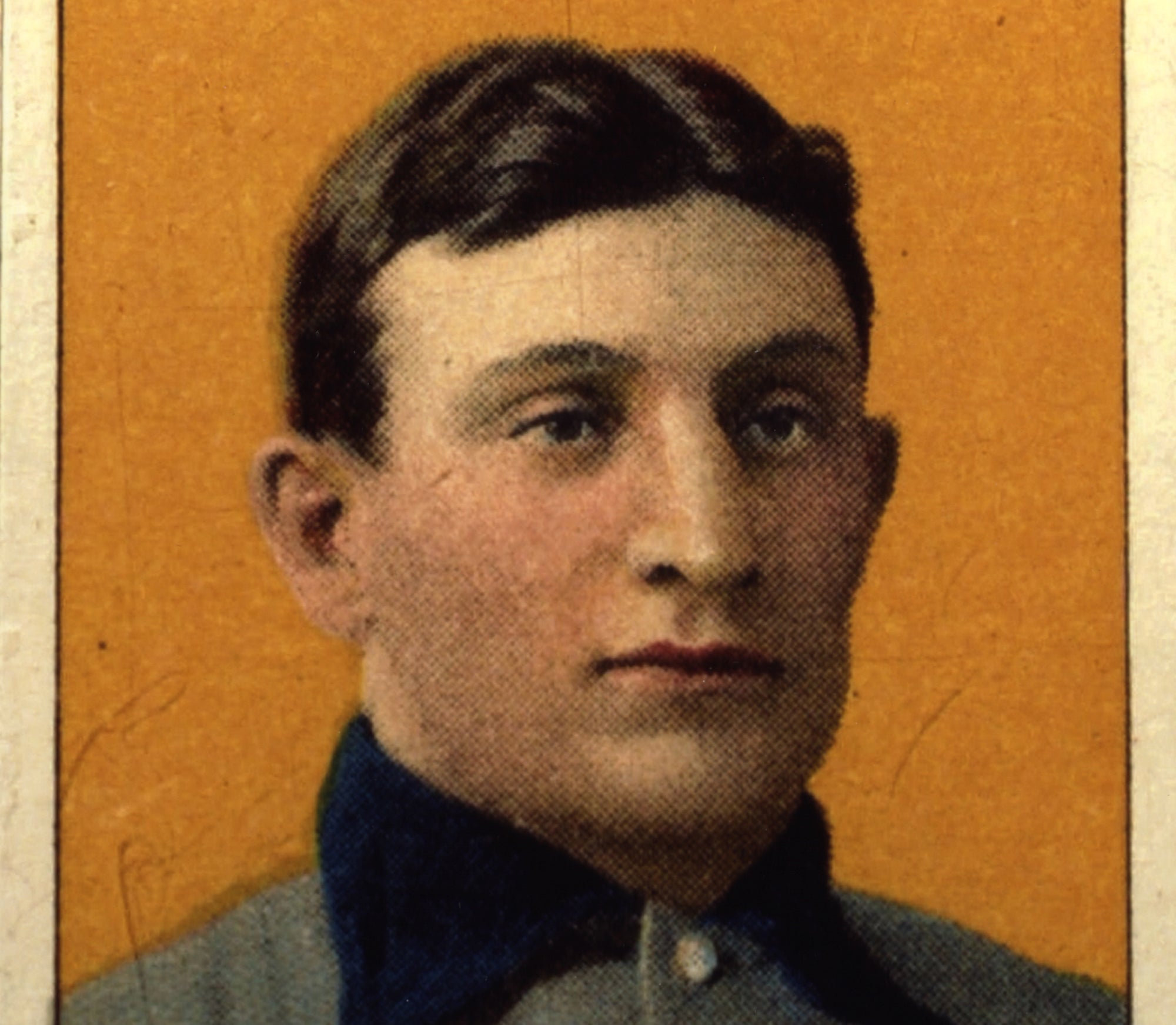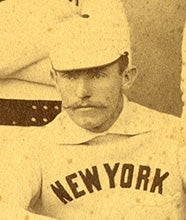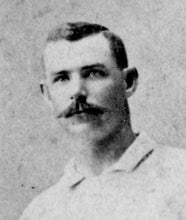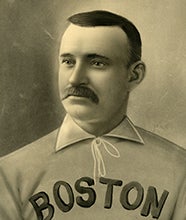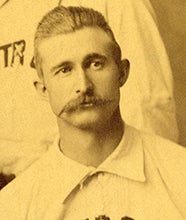- Home
- Our Stories
- #Shortstops: Judging Baseball Cards
#Shortstops: Judging Baseball Cards
Today, baseball cards are synonymous with being packaged with bubblegum. In the 1880s, however, they were most closely linked with cigarettes.
These small pieces of cardboard originally served as stiffeners to protect cigarettes in their packages. This 1888 poster advertises the baseball cards of Old Judge Cigarettes. Produced by Goodwin & Co., this was the first comprehensive set of trading cards depicting baseball players.
Hall of Fame Membership
There is no simpler, and more essential, way to demonstrate your support than to sign on as a Museum Member.
Jefferson Burdick, a pioneer in card collecting, cataloged the Old Judge baseball cards set, in his American Card Catalog, with the number “N172.” The “N” stood for “Nineteenth Century,” the 172 was a simple reference number assigned to this particular set.
This number identifies all of the Old Judge baseball cards that were produced between 1886 and 1890. The exact number of N172 cards is unknown, but the Professional Sports Authenticator estimates that there are more than 4,500 cards identified in the set so far.
The cards, measuring 1 1/2 x 2 1/2 inches, were actual photos pasted to the cardboard backing.
Goodwin & Co. began inserting baseball cards into their Old Judge and Gypsy Queen Brand cigarettes in 1886, starting with players on the New York Giants. In 1887, they expanded to all the National League teams and two teams from the American Association.
The year 1888, the year that the poster was produced, would be a year of important growth in the production of Old Judge cards. That year, the cards expanded to players of all American Association teams, all of the teams in the minor league Western Association, three other minor league teams, and even an umpire.
The poster itself is a 29 x 42 1/2 inch colored lithograph that displays samples of the Old Judge baseball cards. The cards on the poster are different from the real cards in three ways.
They are colorized (the real cards were sepia toned), the backgrounds of the cards are different, and the players are depicted in 1888 uniforms, while the actual cards depict them in uniforms from earlier years.
Eleven future Hall of Famers are featured on the poster: Cap Anson, Pud Galvin, John Montgomery Ward, Roger Connor, Charles “Old Hoss” Radbourn, Mike “King” Kelly, Dan Brouthers, Sam Thompson, Charles Comiskey, John Clarkson, and Tim Keefe.
The poster also contains the game schedules of the National League, American Association and Western Association, as well as an advertisement on how to get Old Judge cabinet cards, also known as N173s.
The cabinet cards were larger than the regular cards, approximately 4 x 6 inches. The cigarette packages would have a coupon known as a ‘slip.’ The consumer would collect and send 25 of these slips to Goodwin & Co. for a cabinet card of their choosing.
Goodwin & Company produced N172s until 1890. That year, the company merged with competitors Allen & Ginter, Kinney, and Kimball to form the American Tobacco Company. As a result, advertising was cut back and the production of these baseball cards ended.
However, Old Judge Cigarette baseball cards are remembered today as the preeminent baseball card of the period.
Matthew Carter was the 2019 curatorial relations intern in the Hall of Fame’s Frank and Peggy Steele Internship Program for Youth Leadership Development
Related Stories
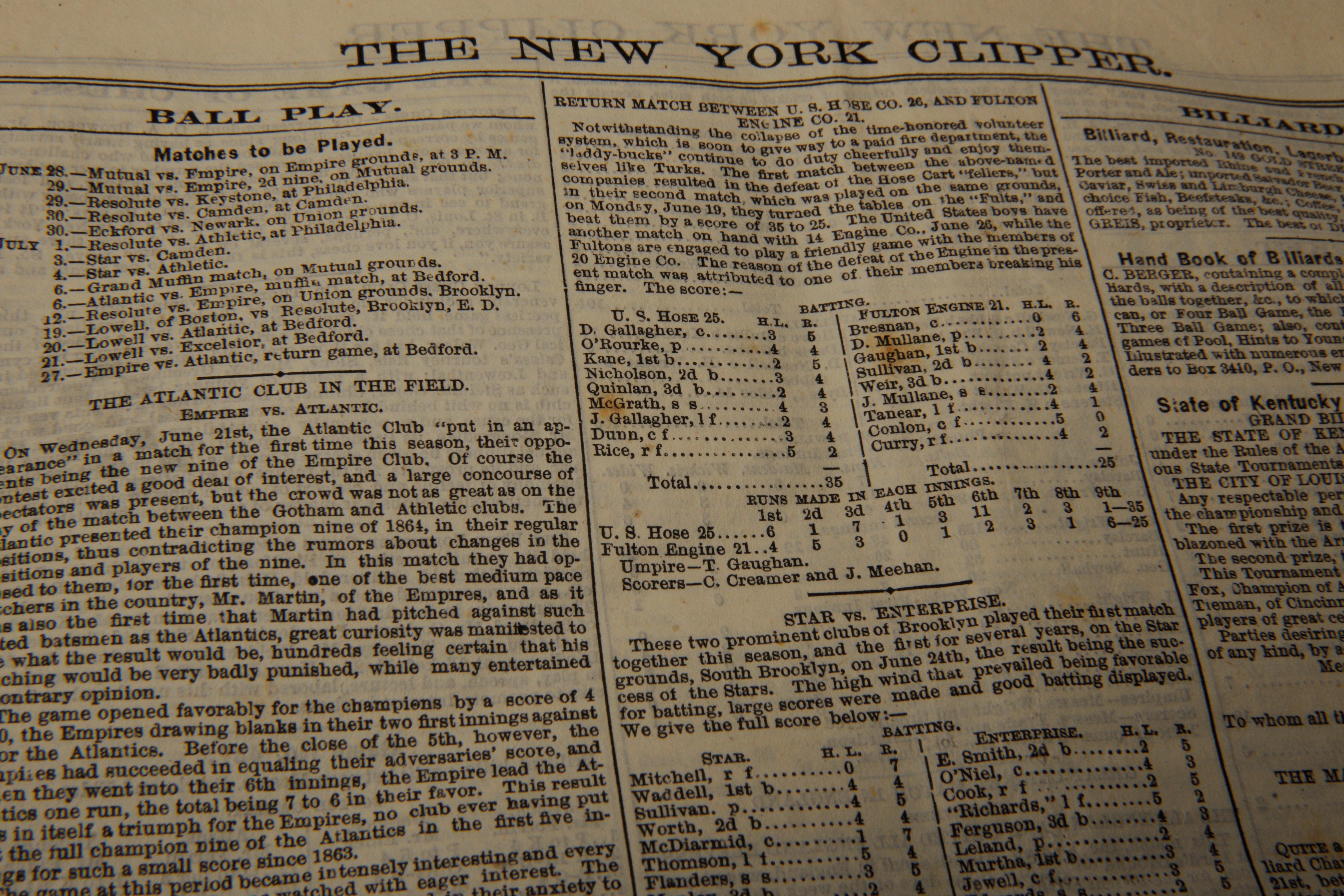
Clip and Save
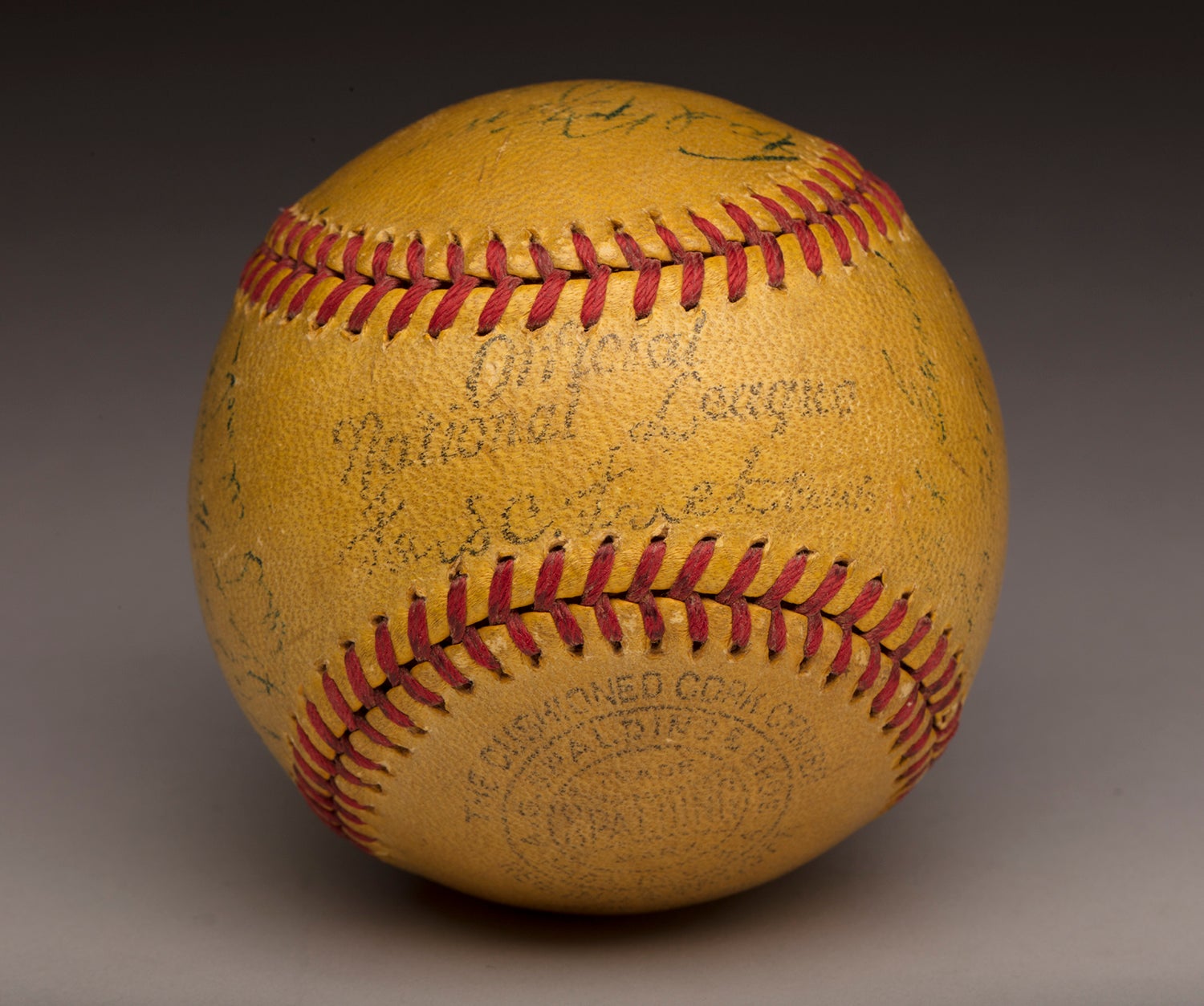
#Shortstops: The feverish story of yellow baseballs

#Shortstops: Dressing up The Man

Clip and Save

#Shortstops: The feverish story of yellow baseballs


